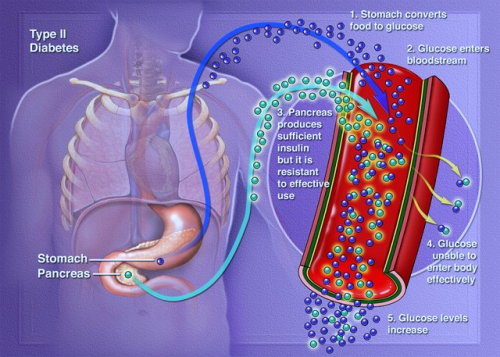 In an important research that could lead to the development of vaccine to prevent one of the most prevalent diseases of our time – Type-2 diabetes, US researchers have found that toxins produced by a bacterium may cause the disease.
In an important research that could lead to the development of vaccine to prevent one of the most prevalent diseases of our time – Type-2 diabetes, US researchers have found that toxins produced by a bacterium may cause the disease.
The researchers found that prolonged exposure to a toxin produced by Staphylococcus aureus (staph) bacteria causes rabbits to develop the hallmark symptoms of Type-2 diabetes, including insulin resistance, glucose intolerance, and systemic inflammation.
“We basically reproduced Type-2 diabetes in rabbits simply through chronic exposure to the staph superantigen,” said lead researcher Patrick Schlievert, professor at University of Iowa in the US.
The findings suggest that therapies aimed at eliminating staph bacteria or neutralising the superantigens – toxins produced by all strains of staph bacteria – might have potential for preventing or treating Type 2 diabetes.
“I think we have a way to intercede here and alter the course of diabetes,” Schlievert said.
“We are working on a vaccine against the superantigens and we believe that this type of vaccine could prevent the development of Type-2 diabetes,” Schlievert said.
The findings also explain why obesity that leads to changes in the ecosystem of bacteria that colonise our bodies is a risk factor for Type-2 diabetes.
“What we are finding is that as people gain weight, they are increasingly likely to be colonised by staph bacteria – to have large numbers of these bacteria living on the surface of their skin,” Schlievert said.
“People who are colonised by staph bacteria are being chronically exposed to the superantigens the bacteria are producing,” Schlievert said.
The researchers found that toxins produced by all strains of staph bacteria interact with fat cells and the immune system to cause chronic systemic inflammation, and this inflammation leads to insulin resistance and other symptoms characteristic of Type-2 diabetes.
The study was published in the journal mBio.